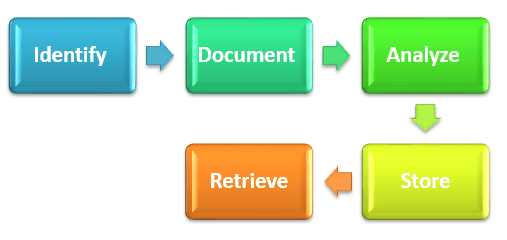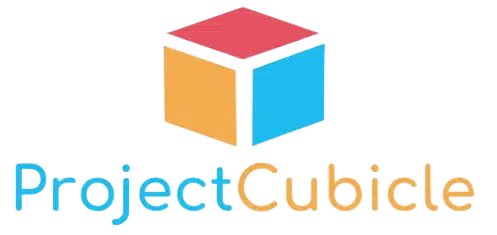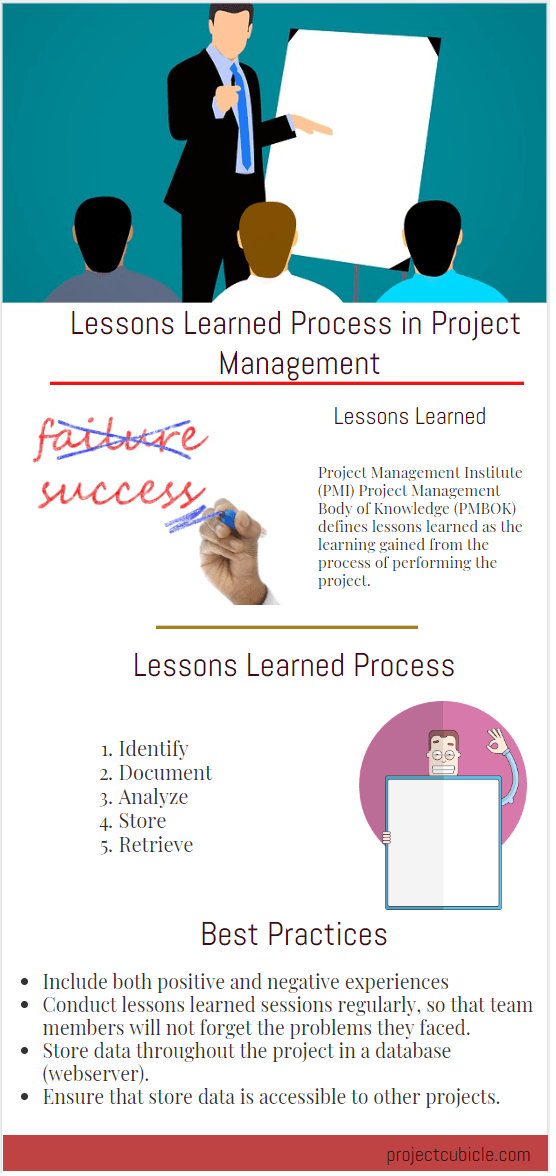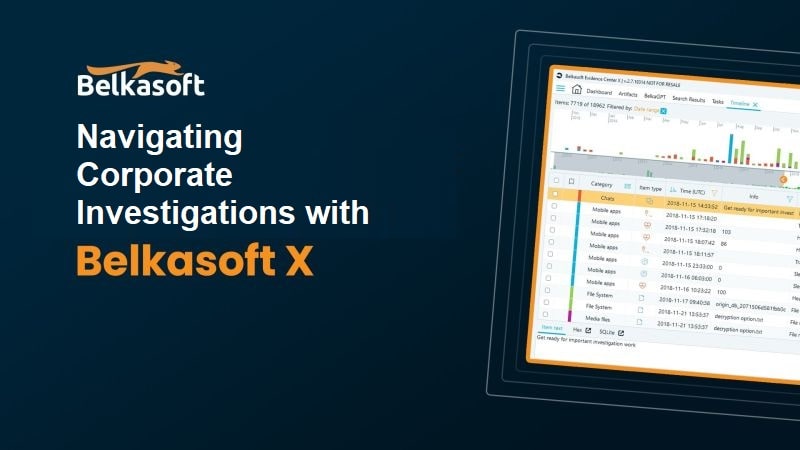Life may teach many valuable lessons to people in the course of time. The same goes for project teams and organizations. Projects often teach many lessons to project managers and stakeholders over time. Those experiences may guide new project teams and managers. When the historical data are analyzed, a lot of information can be gathered regarding the reasons for project failure. On the other hand, professionals working in the field of project management often ask how to document historical data to keep the information in an effective way. At this stage, a lessons learned report template may be helpful to keep and recall the valuable project data when needed. In this article, we will talk about the lessons learned processes and sessions to provide a guideline to capture and report the experiences of a project.
Table of Contents
Why Document Lessons Learned?
Lessons learned is an important concept in project management. It refers to the learning gained from the process of performing the project. Most team members know the importance of documenting historical data for their current and future projects. This helps project managers to record both positive and negative experiences of the project.
Historical databases are organizational process assets that give an opportunity to project managers to learn from the experiences of others. However, historical data are not successfully captured and documented in all projects.
There is no established lessons learned documentation system in most of the projects. In some organizations, project teams capture lessons learned at the end of the project. However, capturing data should be an ongoing process throughout the life cycle of the project. It should be encouraged by the project manager to ensure organizational success.
What is a Lessons Learned Report?
Have you ever heard the term “Sprint Retrospective”? If you have knowledge about project management methodologies, most probably you have. A Sprint Retrospective meeting is similar to Lessons Learned in a lot of ways. Scrum teams run Sprint Retrospectives after the completion of the sprint reviews to create a plan for improvements. On the other hand, documenting lessons learned is more detailed.
Before beginning a project, it is a good practice to hold a meeting with the project team to look at the success criteria and talk about the improvements throughout the project. By this means, you can take the insights and create a template to guide your team regarding documentation of historical data.
Using a lessons learned template is helpful to document recommendations throughout the life cycle of a project. Holding a quick meeting to revisit each item during the performance of the project helps to gather too much information regarding the improvements.
How Does the Lessons Learned Process Works?

This process is not only used to improve future projects but also to improve the future stages of current projects. Lessons can be captured at any process during the life of the project. Therefore, it is critical to conduct lessons learned sessions regularly to avoid missing some of the key items. A project kickoff meeting is a good place to start discussing lessons learned.
Lessons learned process includes identifying, documenting, analyzing, storing, and retrieving to capture, record, and use the collected data.
Identifying Step
The first step is identifying step. Project teams identify recommendations through lessons learned sessions at this step. Preparing for the session and conducting the session are substages of the identifying step. Creating a project survey is important to prepare for the session.
A session includes below participants
- Project Team
- Selected Stakeholders
- Project Support Staff
Documenting Step
After the lessons learned are identified by project team members, they should be reported documented. The report contains valuable data captured during the sessions with additional information provided by team members. Different types of reports can be created considering the audience. For example, a detailed report can be created for the project team members while preparing a summary for a high-level executive.
Typically, a documented data contains the below elements;
- Project/Contract Information
- Statement of the lesson
- A short description of how the lesson learned
- Benefits of using the lesson for the current project
- How to use the lesson for future projects
Analyzing Step
Analyzing and organizing is the third step performed to understand what can be done with the identified and documented lessons learned.
Storing Step
Storing the gathered information in a database is crucial for organizational success. Stored data will help other project teams to understand the positive experiences and undesirable outcomes of the project.
Retrieving Step
Retrieving is the final step to retrieve the gathered data for use on current projects.
Please note that Lessons learned include positive experiences as well as negative outcomes.
Lessons Learned Best Practices
- Include both positive and negative experiences
- Conduct the sessions regularly, so that team members will not forget the problems that they faced.
- Store data throughout the project in a database (webserver).
- Ensure that stored data is accessible to other projects.
- Involve key project stakeholders and get their feedback while preparing lessons learned.
Summary
Documenting and revisiting historical data should be an ongoing process throughout the life cycle of a project to ensure continuous improvements. This should be encouraged by the project team from the beginning to the end date of the project. Lessons learned provide many benefits to project team members such as identifying improvements, preparing for the current project, and avoiding the common causes of project failures. If you don’t learn from previous experiences, your project will be doomed to failure. In other words, if you don’t improve processes, you will miss opportunities to complete your project successfully.
External Reference

A dedicated Career Coach, Agile Trainer and certified Senior Portfolio and Project Management Professional and writer holding a bachelor’s degree in Structural Engineering and over 20 years of professional experience in Professional Development / Career Coaching, Portfolio/Program/Project Management, Construction Management, and Business Development. She is the Content Manager of ProjectCubicle.














We should be including both positive and negative aspects of the feedback. So that we can also see what we did correctly.
it is the best to learn with working but if you didn’t take theoric lessons work will be hard for you so both of them the things we need.